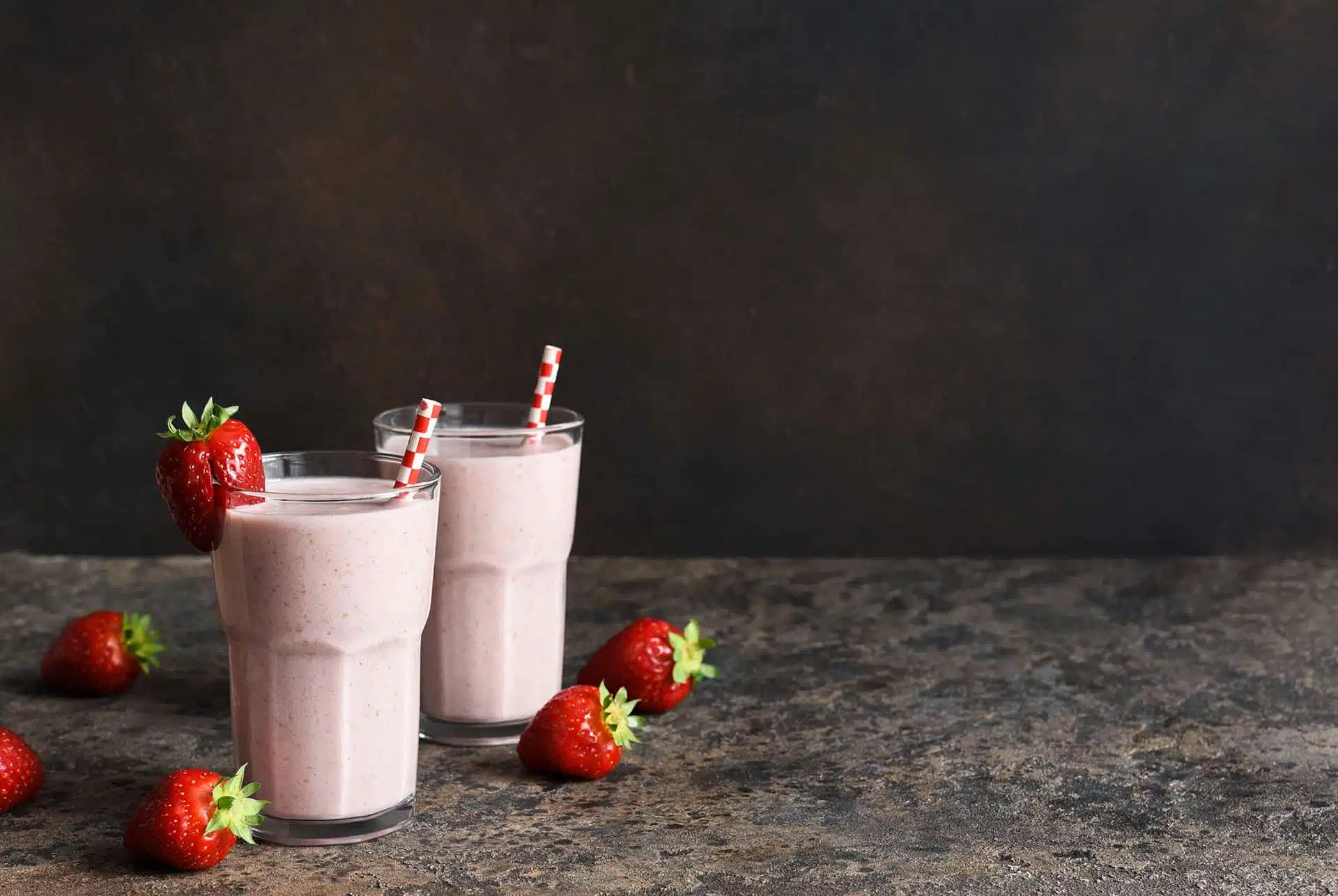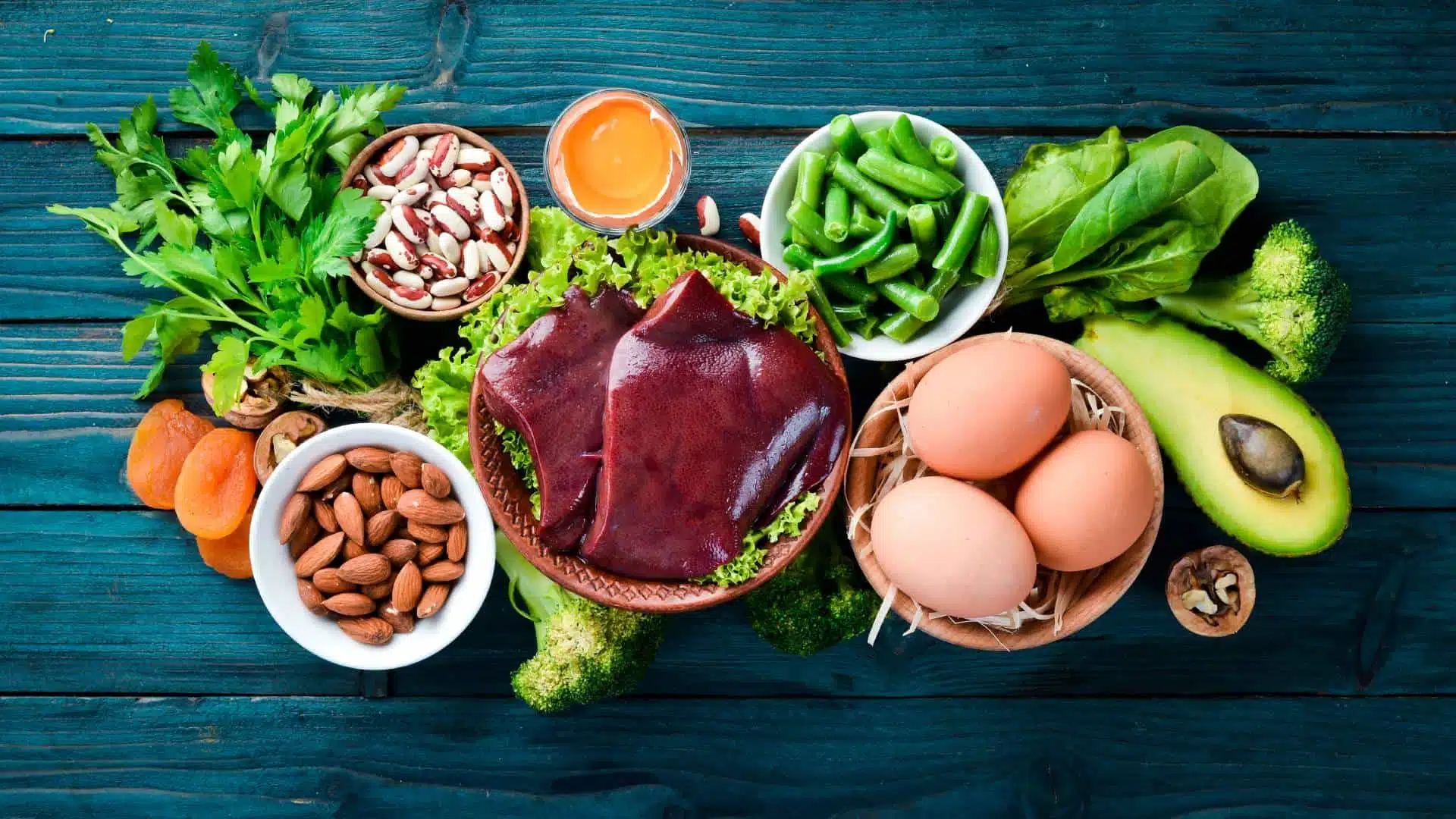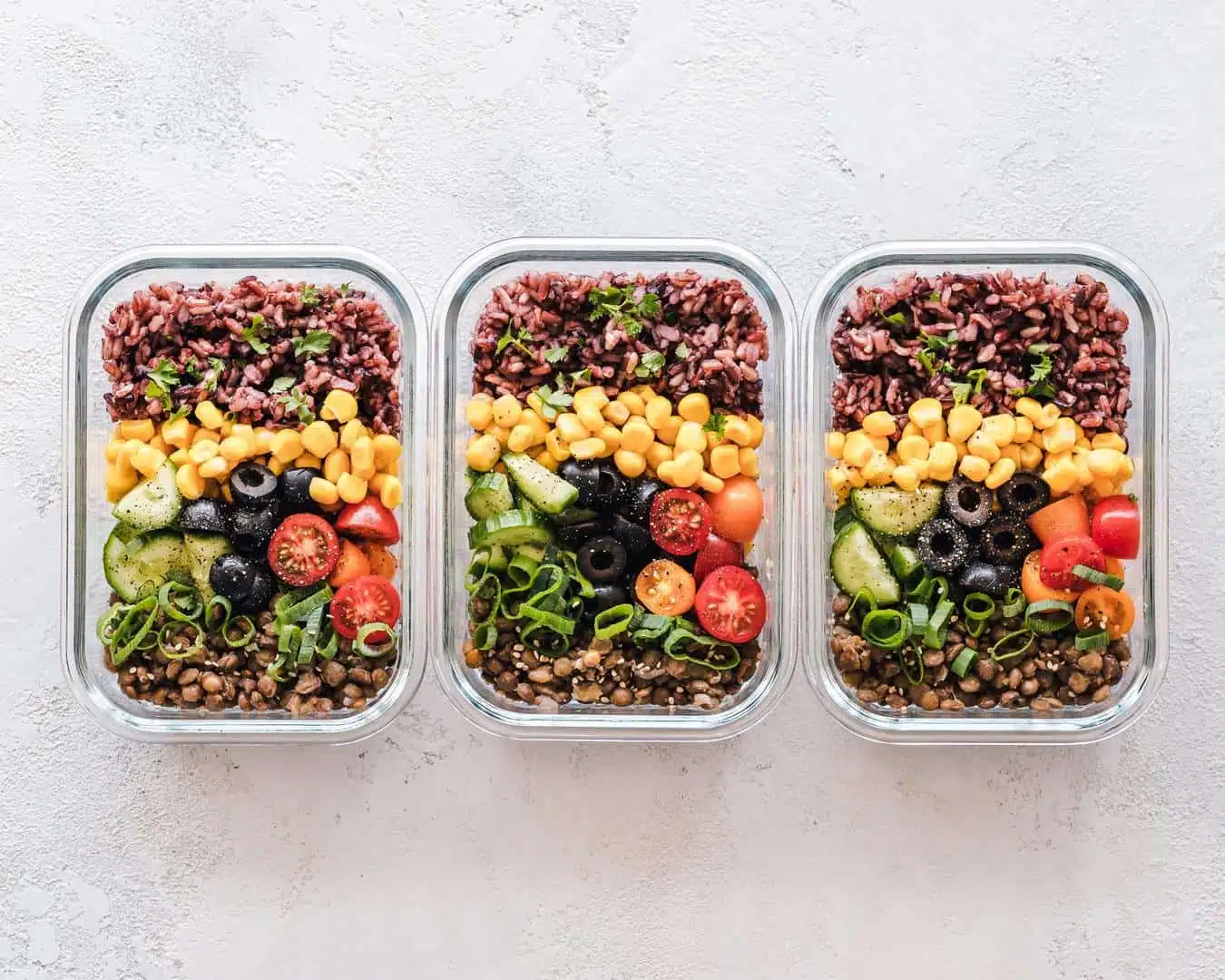On Nutrition
I don’t know if you feel the same way, but I fear losing my independence and memories when I think about Alzheimer’s disease. It is easy to forget that Alzheimer’s disease is the fifth leading cause of death from a disease in the United States. Currently, the Academy of Nutrition and Dietetics called these numbers a “tsunami”. According to her, current numbers could be underestimated due to the false assumption of cognitive impairment and memory issues are normal aspects of aging.
“We all lose some mental sharpness as we age. But that decline is very minor,” Dr. Christy Tangney, a professor of clinical nutrition at Rush University Medical Center, said. “When we reach mild cognitive impairment, we start to lose some abilities to function in our environment.” Alzheimer’s can occur when this cognitive impairment becomes more severe.
According to the Alzheimer’s Association at 65, women are more likely to develop Alzheimer’s than men in their lifetimes. Although it is not clear why women are at higher risk, Sherzai stated that women are more likely to develop Alzheimer’s (an accumulation of plaque in the arteries). She also mentioned that women may have higher rates of atherosclerosis, which is an increase in plaque buildup. Sherzai also suggested that women might be more susceptible to developing Alzheimer’s after they reach 65. Sherzai also said that women experience higher levels of stress and hormone changes.
Genetics are important, up to a point
Although there are many genes that can increase Alzheimer’s disease risk, this is not the only factor. Sherzai stated that although genes don’t control destiny, they do give us an idea of the likelihood of developing Alzheimer’s disease. She explained that adopting lifestyle habits to reduce or manage cardiovascular risk factors can impact the likelihood of these genes being activated.
Newer research suggests that prevention is the best treatment. The big news in 2019 was that lifestyle factors were the best and most effective way to reduce Alzheimer’s risk. Sherzai stated that there was hope for the first time. “Until then, we had been only considering medication for the treatment and management of this terrible disease.” She explained that when we finally have medication for Alzheimer’s it won’t likely be just one drug, but a combination of several treatments.
Research has shown that those at high risk for developing Alzheimer’s disease are more likely to have an unhealthy lifestyle than people with the same genetic risk. However, a healthy lifestyle can reduce their risk by up to half. A healthy lifestyle is not a one-size-fits-all approach. She said that having three or four healthy lifestyle habits can reduce risk. Having four to five healthy habits can reduce risk. These habits are known by the useful and appropriate acronym NEURO (Nutrition. Exercise. Unwind. Restorative sleep. Optimize mental and interpersonal activity.
Aerobic and leg-strengthening exercises are both options. You can also move throughout the day. That restorative sleep? Sherzai stated that it’s not the type that people use to sleep, but the kind that allows the brain to heal and allows memories to be consolidated.
A healthy brain requires healthy eating
Research points to The MIND diet as a good option for nutrition. It combines the best of both the Mediterranean and DASH diets, optimizing them for brain health. The MIND diet consists of nine foods you should eat frequently and five foods you should limit.
Nine delicious foods
- Leafy, dark green vegetables: Eat at least one cup of spinach, kale, or collards per day (or 1/2 cup cooked), of romaine lettuce, endive, endive, and dandelion greens.
- Other vegetables: A minimum of one serving per day (1/2 cup).
- Nuts: 5 servings per week (one ounce) of nuts or peanut butter
- Berries: A minimum of five servings per week (5 cups each) of blueberries and strawberries, raspberries, blackberries, or both.
- Beans and legumes: Consume at least three portions per week (1/2 cup each) of beans, chickpeas, or lentils, as well as hummus, hummus, soy yogurt, edamame, or tofu.
- Whole grains: Consume three servings of whole grains per day (1/2 cup, 1 slice each) of whole-grain bread, brown rice or pasta, whole grain wild rice, wild rice, and wild quinoa.
- Fish: A minimum of one fish per week (3 to 5-ounces), but not fried. Salmon, tuna, and Mahi are all good choices.
- Poultry: Two to five ounces of skinless turkey breast or chicken breast per week.
- Extra-virgin olive oils: 2 tablespoons daily
Five foods you should limit
- Red meat and processed meat: Limit to three meals per week (between 3 and 5 ounces) of beef, lamb, or pork.
- Butter and stick margarine: Limit 1 teaspoon per day There are exceptions to Smart Balance and Earth Balance.
- Limit of 2 ounces per week for regular (full-fat cheese).
- Pastries and other sweets are not allowed. Limit of four meals per week
- Fast food and fried foods are not allowed. You can only eat one meal per week at fast-food and fast-casual restaurants.
Tangney refers to the 2015 MIND Diet Study among participants aged 58-98. 75% of them were women. Participants who adhered to MIND the most had the greatest protection against cognitive decline. However, those who followed the diet “moderately” saw some slowing of the decline. This is in contrast to similar studies that focused on the Mediterranean and DASH diets. In these cases, only those who closely followed the diets saw improvements. She said, “This is a great hope for people because they don’t have to be perfect eaters.”


























One Response